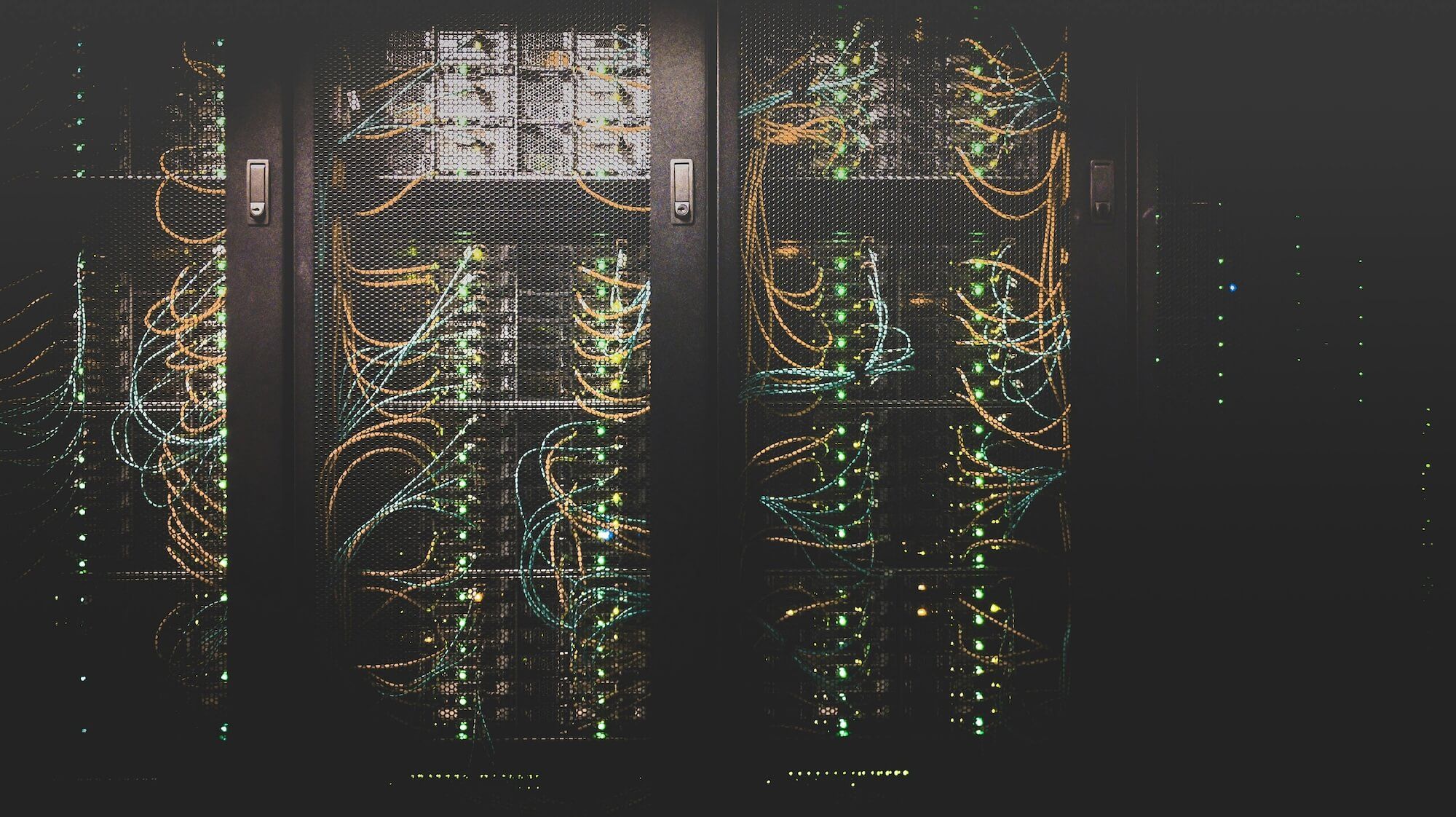In today's rapidly evolving digital landscape, secure servers stand as the cornerstone of organizational cybersecurity, serving as vigilant guardians of our most precious digital assets. These sophisticated systems represent far more than mere computer hardware; they embody a complex integration of security measures, protocols, and practices designed to protect sensitive information while ensuring seamless business operations in an increasingly interconnected world.

What is a Secure Server?
A secure server fundamentally operates as a specialized computer system meticulously configured to safeguard data integrity while maintaining optimal performance. These systems implement multiple layers of security protocols, creating an intricate defense mechanism against various forms of cyber threats. The architecture of secure servers encompasses both hardware and software components, working in harmony to create an impenetrable fortress for sensitive information.
The Implementation of Secure Servers
Encryption is at the forefront of secure server implementation, incorporating sophisticated protocols that transform sensitive data into unreadable code, accessible only to authorized users possessing the appropriate decryption keys. This encryption process occurs at multiple levels, including data at rest and in transit, ensuring comprehensive protection throughout the data lifecycle. The implementation of secure servers extends far beyond basic security measures, utilizing modern encryption standards such as AES-256 and RSA, which provide mathematical certainty that protected information remains confidential even in the face of advanced computational attacks.
Physical security represents another crucial aspect of server protection, involving carefully controlled access to server locations through biometric systems, security personnel, and sophisticated surveillance systems. These measures work in conjunction with environmental controls that maintain optimal operating conditions while protecting against physical threats such as fire, water damage, and power fluctuations. The physical security infrastructure must seamlessly integrate with digital security measures to create a comprehensive protection framework.
Network security forms an essential component of server protection, utilizing advanced firewalls, intrusion detection systems, and secure communication protocols to defend against cyber threats. These systems continuously monitor network traffic, identifying and blocking suspicious activities while ensuring legitimate users maintain access to necessary resources. Modern network security implementations often incorporate artificial intelligence and machine learning algorithms to detect and respond to emerging threats in real-time.
Regular system updates and patch management play a vital role in maintaining server security, addressing newly discovered vulnerabilities before malicious actors can exploit them. This process requires careful planning and testing to ensure updates don't disrupt critical business operations while maintaining the highest security standards. Organizations must establish robust patch management procedures that balance security requirements with operational stability.
Employee training and security awareness represent critical elements in maintaining server security, as human error often contributes to security breaches. Comprehensive training programs must educate staff about security best practices, social engineering threats, and proper data handling procedures. Regular security awareness sessions help maintain vigilance and ensure all team members understand their role in protecting organizational assets.
The Importance of Secure Servers
The financial sector particularly relies on secure servers to protect sensitive transaction data and maintain customer trust. Banks and financial institutions implement multiple security layers to prevent fraud while ensuring seamless transaction processing. Healthcare organizations similarly depend on secure servers to protect patient information and maintain compliance with stringent regulations like HIPAA, implementing specialized security measures to safeguard medical records and ensure patient privacy.
Government agencies utilize highly sophisticated secure server implementations to protect classified information and maintain national security. These systems often incorporate custom security protocols and encryption standards exceeding commercial requirements, reflecting the critical nature of government operations and the sensitive information they protect.
The impact of server breaches extends far beyond immediate data loss, potentially resulting in severe financial consequences, damaged reputation, and lost customer trust. Organizations must therefore implement comprehensive security strategies incorporating regular security audits, penetration testing, and incident response planning to minimize risk and ensure rapid recovery from potential security incidents.
Best Practices of Secure Servers
Successful server security requires a holistic approach incorporating technical measures, administrative controls, and physical security. Organizations must regularly assess their security posture, updating procedures and technologies to address emerging threats while maintaining operational efficiency. This ongoing process requires significant resource investment but proves essential for protecting valuable digital assets and maintaining stakeholder trust.
- Server Hardening: Server hardening involves configuring and optimizing server settings, the operating system, and installed software to minimize vulnerabilities and strengthen defenses against potential threats.
- Network Security: Network security practices and measures protect computer networks from unauthorized access and misuse, safeguarding the integrity, confidentiality, and availability of network resources and communication.
- Patch Management: Patch management is the process of acquiring, testing, and deploying updates to address vulnerabilities, bugs, and security flaws in software, maintaining a secure and stable IT environment.
- Authentication and Authorization: Authentication verifies the identity of users, devices, or systems, while authorization governs access to specific resources or functionalities based on the authenticated identity and assigned permissions.
- Encryption and Data Protection: Encryption prevents unauthorized access to data, ensuring its confidentiality and integrity. Data protection measures include encryption, access restrictions, and security measures to prevent data breaches.
- Intrusion Detection and Prevention (IDP): IDP systems monitor and protect networks from unauthorized access and malicious activities, detecting potential breaches and taking actions to prevent or mitigate damage.
- Security Auditing and Compliance: Security auditing assesses the effectiveness of security controls and practices, identifying vulnerabilities and areas for improvement. Compliance ensures adherence to regulatory requirements and industry standards.
- Physical Security: Physical security measures protect physical assets, facilities, and resources from unauthorized access, theft, vandalism, and other physical threats.
Conclusion
Secure servers represent an indispensable element of modern digital infrastructure, providing the foundation for safe and reliable digital operations. As cyber threats continue to evolve, organizations must maintain vigilance in implementing and updating security measures, ensuring their server infrastructure remains resilient against emerging threats while supporting business objectives in an increasingly digital world.

Cloud services and secure servers are closely interconnected in modern IT infrastructure. While cloud services provide flexible, scalable computing resources and storage capabilities over the internet, secure servers act as the foundation for protecting these services and their data. Secure servers implement multiple layers of security measures, including encryption, firewalls, access controls, and authentication protocols, to safeguard cloud-based applications and information from unauthorized access and cyber threats. The relationship between them is symbiotic - cloud services rely on secure servers to maintain data integrity and user privacy, while secure servers have evolved to meet the specific security challenges posed by cloud computing, such as multi-tenancy and distributed data storage. Together, they create a robust infrastructure that enables organizations to leverage the benefits of cloud computing while maintaining high security standards.
EdgeOne delivers robust security cloud services by integrating advanced threat protection technologies such as DDoS mitigation, web application firewalls (WAF), and bot management systems. These features work in unison to safeguard web applications and servers from various cyber threats, ensuring data integrity and availability. We have now launched a Free Trial, welcome to Sign Up or Contact Us for more information.

